XR Digital
At XR Digital, we blend creativity, technology, and strategy to deliver unparalleled digital solutions. Explore the possibilities with us as we push the boundaries of innovation and transform your vision into reality.
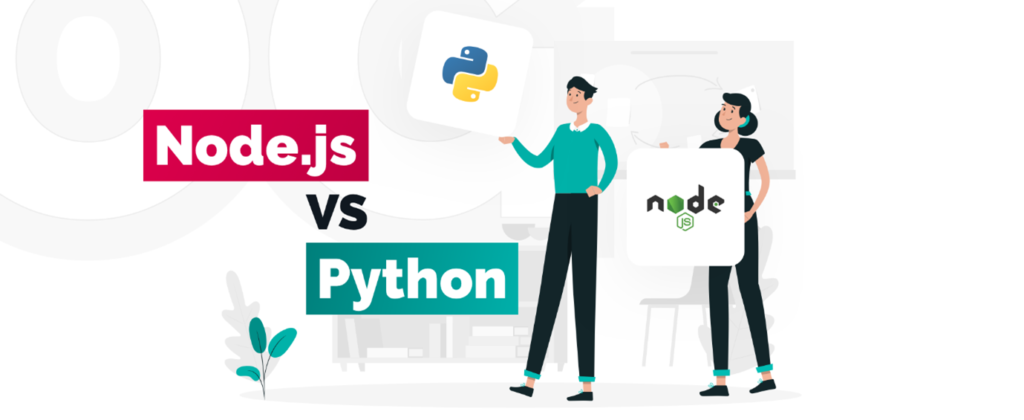
In the ever-evolving landscape of programming languages, developers are often faced with the dilemma of choosing the right tool for their projects. As technology continues to advance, the demand for efficient and scalable programming languages has never been higher.
Developers are constantly on the lookout for languages that facilitate rapid development and offer robust performance.
Python and Node.js are both immensely popular, but each caters to a different set of needs and scenarios. The challenge lies in deciphering which language is better suited for specific tasks, and the implications this decision can have on the overall success of a project. Python and Node.js stand out as two powerhouse technologies, each with its strengths and weaknesses. Learn about other Technologies as well like Angular and React Native.
In this comprehensive analysis, we’ll delve into the world of Python and Node.js, exploring their origins, characteristics, use cases, and performance. By the end of this journey, readers will gain a profound understanding of these technologies, aiding them in making informed decisions based on the specific requirements of their projects.
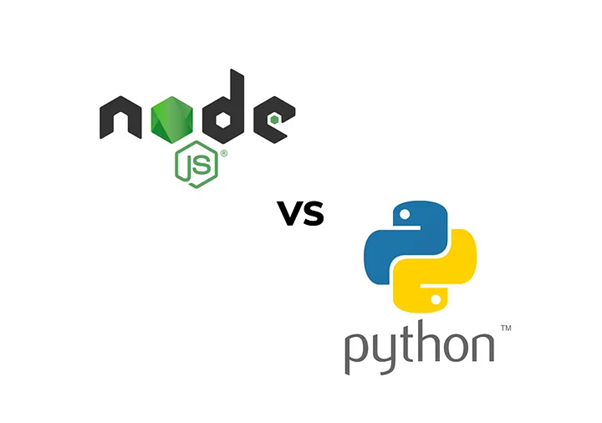
Python, created by Guido van Rossum in the late 1980s, was designed with readability and simplicity in mind. Its syntax emphasizes code readability, allowing developers to express concepts in fewer lines of code than might be possible in other languages. Python has undergone several iterations, with Python 2 and Python 3 being the most prominent versions. The transition from Python 2 to Python 3 marked a significant shift in the language, introducing improvements and ensuring future compatibility.
Python is renowned for its versatility, making it a go-to language for various domains such as web development, data science, artificial intelligence, machine learning, and more. Its object-oriented, high-level syntax simplifies complex programming tasks, making it an ideal choice for both beginners and experienced developers.
The extensive standard library of Python provides modules and packages for a wide array of functionalities, reducing the need for developers to build everything from scratch. This not only accelerates development but also promotes code reuse and maintainability.
One of Python’s notable features is its strong community support, fostering a collaborative environment for developers worldwide. The availability of third-party libraries, frameworks, and tools further enhances Python’s capabilities, enabling developers to address diverse challenges with ease.
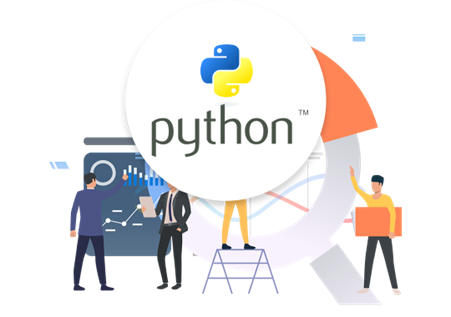
Node.js, developed by Ryan Dahl in 2009, introduced a paradigm shift by allowing JavaScript to run on the server-side. Prior to Node.js, JavaScript was primarily confined to browser environments. The introduction of Node.js expanded its reach, enabling developers to use JavaScript for server-side development as well. Node.js is built on the V8 JavaScript runtime engine, developed by Google for the Chrome browser.
Node.js is renowned for its non-blocking, event-driven architecture, making it highly efficient for handling concurrent connections. This characteristic is particularly advantageous for building scalable and real-time applications. Node.js leverages the npm (Node Package Manager) ecosystem, which hosts a vast repository of open-source libraries and packages, facilitating rapid development.
JavaScript, the language underpinning Node.js, is widely used for front-end development. The ability to use the same language (JavaScript) for both front-end and back-end development streamlines the development process, fostering code reusability and consistency.
Node.js is exceptionally well-suited for building lightweight, high-performance applications, particularly those requiring real-time functionality, such as chat applications, online gaming platforms, and collaborative tools.
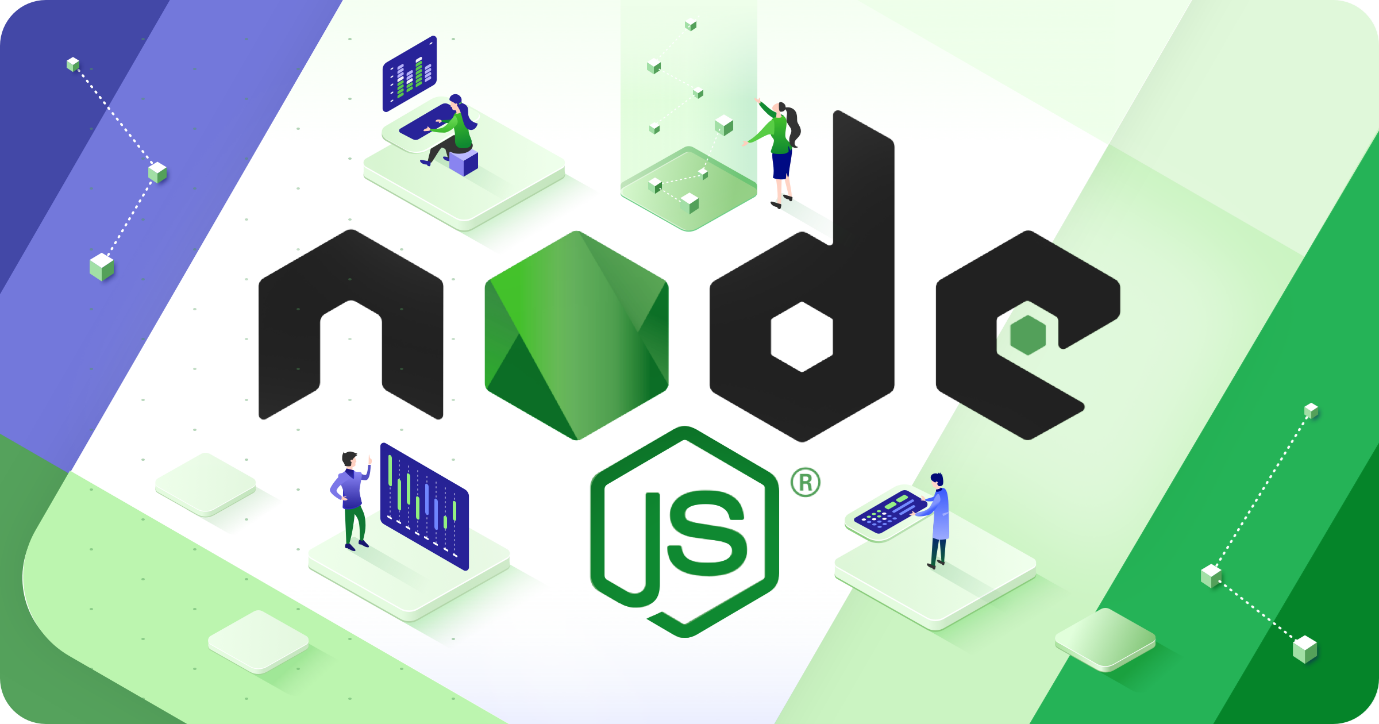
Performance is a critical factor in determining the suitability of a language for various applications. Python’s interpreted nature can sometimes result in slower execution compared to compiled languages. However, the use of Just-In-Time (JIT) compilation in implementations like PyPy has improved Python’s performance.
On the other hand, Node.js, built on the V8 engine, exhibits impressive performance due to its asynchronous, non-blocking I/O model. This makes Node.js particularly suitable for applications requiring high concurrency and real-time communication.
Scalability is a key consideration for applications expected to handle a growing number of users or requests. Node.js, with its event-driven architecture and non-blocking I/O, excels in scalability. It efficiently handles a large number of concurrent connections, making it a preferred choice for building scalable network applications. It can be integrated with Babel (a JS compiler) which facilitates front-end development with old versions of Node or the browser.
Python, while capable of handling scalability through tools like asyncio, may face challenges in comparison to Node.js for certain types of applications. The Global Interpreter Lock (GIL) in CPython, the reference implementation of Python, can impact the language’s ability to fully exploit multi-core systems.
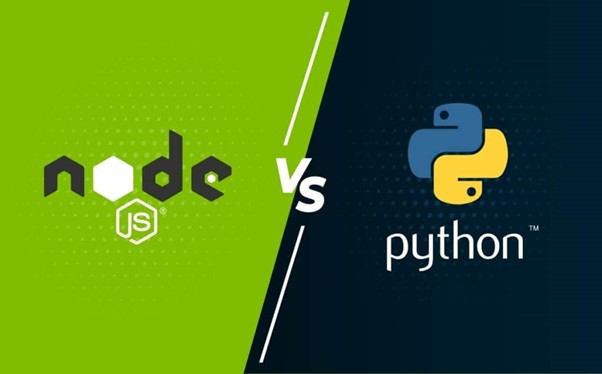
The richness of the ecosystem and the availability of libraries greatly influence a language’s development experience. Python’s extensive standard library provides a wide range of modules, reducing the need for external dependencies in many cases. Additionally, Python boasts a vast ecosystem of third-party libraries and frameworks, such as Django for web development, NumPy for scientific computing, and TensorFlow for machine learning.
Node.js, powered by npm, has a massive and vibrant ecosystem. The npm registry hosts an abundance of packages, allowing developers to easily integrate third-party modules into their projects. This wealth of packages contributes to the rapid development and deployment of Node.js applications. With Node.js, you can develop not only web apps but also desktop and hybrid mobile apps, along with cloud and IoT solutions.
The strength of a programming language’s community plays a pivotal role in its evolution, support, and the availability of resources. Python’s community is vast and diverse, with a plethora of forums, tutorials, and documentation available. The collaborative nature of the Python community fosters knowledge-sharing and problem-solving.
Node.js, being built on JavaScript, inherits a robust and dynamic community. The widespread use of JavaScript, both on the front end and the back end, further contributes to the large and active Node.js community. The availability of online forums, meetups, and conferences ensures that developers have ample resources for learning and troubleshooting.
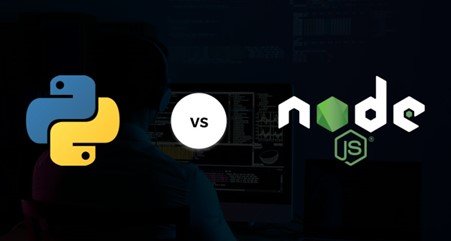
The choice between Python and Node.js often hinges on the specific use case and project requirements. Python is widely adopted in data science, artificial intelligence, and machine learning due to its rich ecosystem of libraries and frameworks like Pandas, NumPy, and TensorFlow. Web development frameworks like Django and Flask make Python a popular choice for building robust and scalable web applications.
Node.js, with its non-blocking I/O and event-driven architecture, excels in scenarios requiring real-time communication and high concurrency. It is well-suited for building applications such as chat platforms, streaming services, and collaborative tools. The ability to use JavaScript on both the front end and back end also simplifies development for full-stack JavaScript applications.
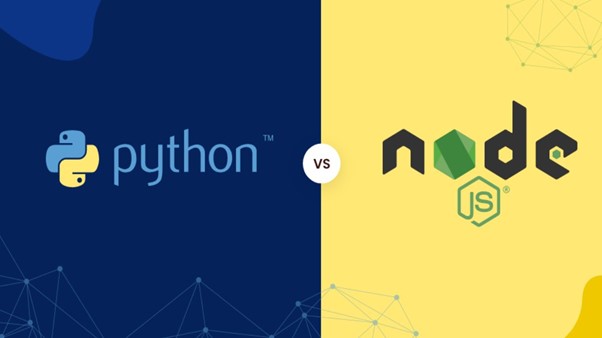
Because of its event-based architecture, Node.js is ideal for applications with several concurrent requests, intensive client-side rendering, or frequent data moving from client to server.IoT solutions, real-time chatbots and messengers, and complicated single-page apps are a few examples.
Node.js is also useful for creating real-time collaborative applications and streaming platforms. Node.js, on the other hand, is not the ideal choice for designing apps that require a lot of CPU resources.
Python is appropriate for developing both small and large projects. It can be used for data science apps that involve data analysis and visualization, voice and face recognition systems, image-processing software, neural networks, and machine learning systems, among other things. Python can also be used to create 3D modeling applications and games. Python can also be used for designing UI and UX.

Node.js is a JavaScript-based framework that is simple to learn for new developers. As long as you’re familiar with JavaScript, learning Node.js shouldn’t be too difficult.
Node.js installation is straightforward, however it presents several sophisticated subjects. For example, its event-driven architecture may be difficult to grasp at first. Event-driven architecture has a significant impact on app performance, but it takes time to grasp.
Nonetheless, the entry level for Node.js is still relatively low. However, this may imply that there are a large number of inexperienced Node.js engineers. This may make it more difficult for you to find work in such a competitive environment. However, if you are confident and have a strong portfolio, you can easily overcome this obstacle.
On the other side, if you own a firm, you may face the issue of hiring low-quality personnel. However, you can fix this problem by employing a reputable software development firm.
If you don’t know JavaScript and have to choose between Python and Node.js, you should probably start with Python. Python may be easy to learn because to its basic and condensed syntax.
Writing a function in Python usually requires fewer lines of code than writing the same function in Node.js. This is not always the case, as the length of your code is heavily influenced by your programming style and paradigm. Another advantage is that there are no curly brackets like there are with JavaScript.
Python also teaches you how to correctly indent your code because the language is indentation and whitespace sensitive. (The same may be said with Node.js.). The issue with indentation and whitespace-sensitive languages is that a single indentation error or misplaced bracket might cause your code to break for no apparent reason. Furthermore, new developers may struggle to solve such difficulties.
Also, keep in mind that Python installation is more complicated than Node.js installation. Python should be easy to install if you have either Linux or Windows.
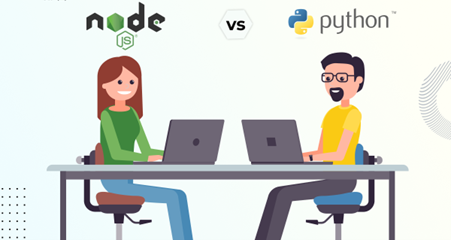
In the realm of programming languages, the choice between Python and Node.js is not a one-size-fits-all decision.
Python’s readability, versatility, and extensive ecosystem make it an excellent choice for a wide range of applications, from web development to data science. Its strong community support and ease of learning contribute to its popularity among developers.
Node.js, with its event-driven architecture and exceptional scalability, shines in scenarios demanding real-time communication and high concurrency. The ability to use JavaScript for both front-end and back-end development simplifies the development process and fosters code reusability.
Ultimately, the choice between Python and Node.js should be guided by a thorough understanding of project requirements and the strengths each language brings to the table.
XR Digital’s commitment to staying at the forefront of technology solutions. Just as XR Digital navigates the landscape of immersive technologies, the choice between Python and Node.js requires a nuanced understanding of project requirements. The importance of informed decision-making based on specific use cases, mirroring XR Digital’s approach to tailoring immersive experiences to unique project needs.
If you have enjoyed the article, you should definitely read other wonderful comparison: , angular 4 vs angular 2 performance, Hybrid Apps vs Native Apps, iOS App Store vs Google Play store, and UI vs UX.
The superiority of Python or Node.js depends on the specific requirements of the project. Python is often preferred for its readability, versatility, and extensive ecosystem, making it suitable for a wide range of applications. On the other hand, Node.js excels in scenarios requiring real-time communication and high concurrency due to its event-driven architecture.
Yes, Node.js and Python can be used together in a project. While Node.js is typically used for server-side JavaScript, Python can be employed for various purposes, including backend development. Integrating the two technologies may involve using APIs or other communication mechanisms to enable seamless interaction between Node.js and Python components.
In terms of raw performance, Node.js is often considered faster than Python for certain types of applications, especially those requiring high concurrency and real-time communication. Node.js’ non-blocking, event-driven architecture contributes to its speed, while Python’s interpreted nature may introduce some performance overhead.
Determining the best language for backend development depends on the project’s requirements and the developer’s familiarity with the language. Python, JavaScript (Node.js), and languages like Java and Ruby are commonly used for backend development. The choice should consider factors such as performance, scalability, and the specific needs of the project.
At XR Digital, we blend creativity, technology, and strategy to deliver unparalleled digital solutions. Explore the possibilities with us as we push the boundaries of innovation and transform your vision into reality.